Wisconsin will elect a new governor next year, and chances are good it’s someone most voters today know almost nothing about.
This is part of what makes 2026 a very unusual election year.
Wisconsin will have a big statewide campaign without an incumbent, which is rare enough.
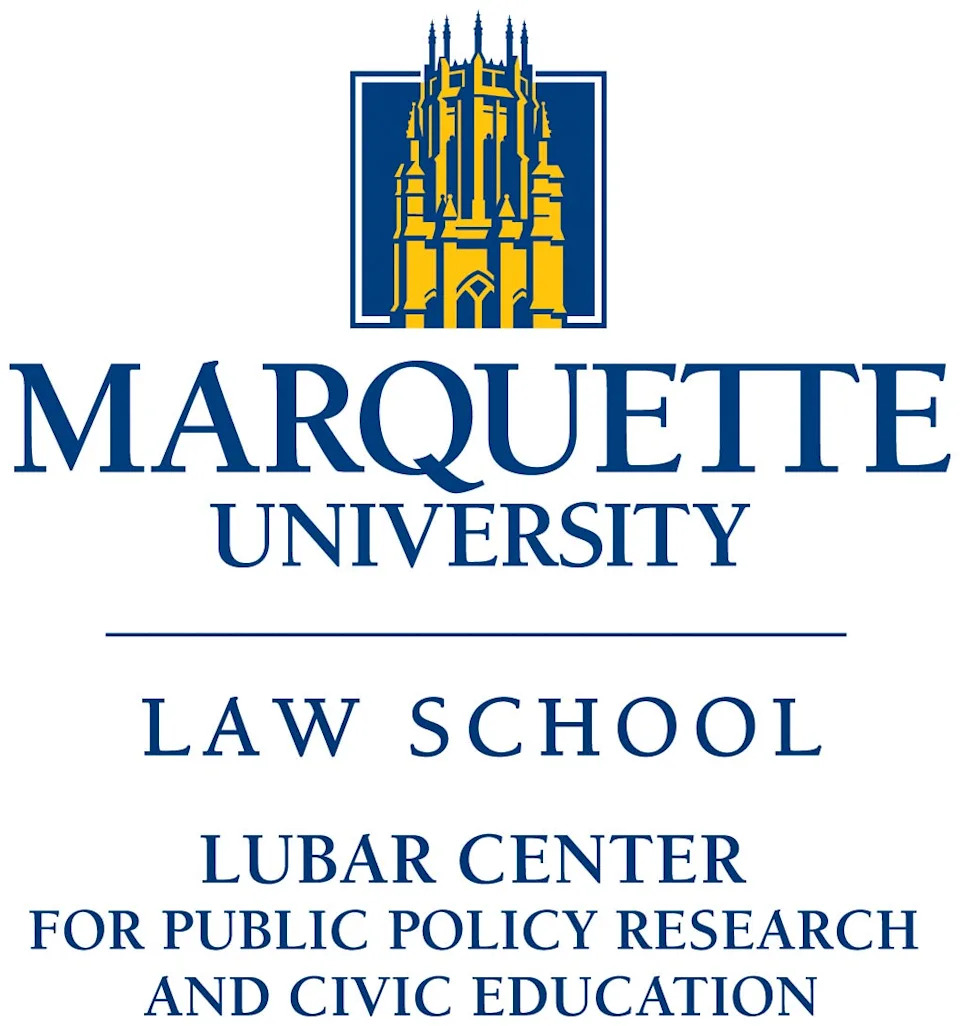
Even rarer, it could have a big statewide campaign without a “big” political name of any kind in either party.
Put another way, we could see the lowest-profile field of candidates for any marquee election in decades.
To put this race into context, I looked back over the 16 contests for governor and U.S. Senate in Wisconsin since 2000.
Of those, 14 had an incumbent on the ballot. Only two — the 2012 race for Senate and the 2010 race for governor — were “open seat” races.
And in one of those two, the 2012 Senate race, the GOP nominee was arguably the single biggest name in modern Wisconsin politics, former Gov. Tommy Thompson, who had won four races for governor in the previous decades and started the 2012 campaign with 80% name ID.
By contrast, the 2026 race for governor will not only have no incumbent, thanks to Democratic Gov. Tony Evers’ decision not to seek a third term, but may not have anyone at all with high statewide name ID.
There is certainly time for more candidates to emerge. As things stand now, though, only two Republicans have officially entered the race for governor, and both started out as political unknowns, broadly speaking: businessman Bill Berrien and Washington County Executive Josh Schoemann.
Republican congressman Tom Tiffany, who represents northern Wisconsin, may also get in, and would start out with a much higher profile than Berrien or Schoemann did. But his name ID is low outside his district. The last time the Marquette Law School polled on him — two years ago — only 25% of registered voters in the state knew enough about him to have an opinion.
On the Democratic side, the list of definite or expected candidates includes Milwaukee County Executive David Crowley, Lt. Gov. Sara Rodriguez and state Sen. Kelda Roys. None are well-known statewide (by that I mean none would approach 50% name ID in the state). Rodriguez is the only Democrat who has officially entered the race.
Atty. Gen. Josh Kaul may run, and he has run and won statewide. But the office of attorney general has a much lower political profile than that of governor or U.S. senator. And I doubt 50% of Wisconsin voters know enough about Kaul to have an opinion about him.
More: Who's running for Wisconsin governor? These candidates have launched campaigns
If former Lt. Gov. Mandela Barnes gets in, he could bring the highest name ID of any Democrat into the race, since he was the Democratic U.S. Senate nominee three years ago, a contest he narrowly lost. He is probably the only one of all these names who would start the campaign with more than 50% name ID.
There have been plenty of statewide primaries before that lacked a big name. But the only other contest for governor or senator since 2000 that lacked someone in either party with high statewide name ID was the 2010 race for governor.
Even that race featured a higher-profile tier of politicians than we may end up with in 2026. It had two candidates who were big names in the state’s most populous region: Milwaukee County Executive Scott Walker and Milwaukee Mayor and former congressman Tom Barrett. And it included a former GOP congressman, Mark Neumann, who had almost won a U.S. Senate race 12 years earlier.
The implications of a 2026 Wisconsin field with no big names
The relative unfamiliarity of the 2026 field has several implications.
First, it creates a lot of unpredictability. The vast majority of big statewide races in Wisconsin the past 30 years have been, to some degree, referendums on an incumbent officeholder. The popularity of that incumbent heavily shaped those contests and helped determine how competitive they would be. That won’t be the case this time.
It also means that these relatively low name-ID candidates will have some latitude to define themselves for voters who don’t know much about them. This applies to both the primary contest and the general election, but more to the former than the latter.
More: Democrat Sarah Godlewski launches run for lieutenant governor, kicking off a wide open race
In the general election, most voters will simply judge the candidates based on their party label. But these candidates will have a little more freedom in their primaries to position themselves within their own party.
On the Republican side, how “Trumpy” are they going to be? (My guess would be “very”). On the Democratic side, where will they stand amid the debates that national Democrats are having over how moderate or progressive the party should be, which issues the party should be emphasizing, and how to oppose President Donald Trump more effectively.
This works in the other direction, too. When you are a candidate with low name ID, your opponents also have a lot of freedom to define you, to your detriment.
How have candidates who started out with low name ID performed historically in Wisconsin for these major offices of governor and senator?
Hardly any have gotten elected. But that has a lot to do with the fact that when they prevailed in a primary, they almost always ended up facing an incumbent in the fall. And incumbents usually win.
The only real political “nobody” to win an election in Wisconsin for governor or senator since 2000 is Republican Ron Johnson, who defeated incumbent Democrat Russ Feingold for U.S. Senate in 2010. Aside from waging an effective campaign, Johnson benefited from having no real opposition in his primary, being able to heavily self-fund, and running in the best election cycle for Republicans in decades.
Before that, the last political “nobody” (meaning they started out with very low statewide name ID) to win such a big race was Feingold in 1992, who was a mere state legislator when he won a longshot victory in a hotly contested Democratic Primary for U.S. Senate and defeated GOP incumbent Bob Kasten in a good Democratic year.
History shows that in statewide primaries, the candidate who starts with higher name ID doesn’t always win. But having a large edge in name recognition can be a real advantage. And it’s often very challenging for low-profile candidates to boost their name ID in a primary.
Polling over the last 13 years by Marquette Law School pollster Charles Franklin suggests that it’s very difficult for a candidate to substantially increase his or her name ID in a statewide primary until very late in the race.
One way to try is by spending a lot of money. The only way for most low-profile politicians to do that is by self-funding, as Berrien, a wealthy businessman, is doing right now. But that’s not always a guarantee. Another way in today’s Republican world would be to win Trump’s endorsement (on the Democratic side, there is no endorsement by a group or individual that has equal power).
The good news for the many low-profile politicians who could end up running for governor next year is that there may be no true political heavyweights on the horizon. Instead, there are politicians who start out with very modest statewide name ID, like Tiffany or Kaul if they get in. And there are candidates who start out with almost no name ID statewide, either because they’ve never run for office before or hold an office (lieutenant governor, state legislator, county executive) that doesn’t come with much statewide visibility.
But somebody must win.
As consequential as the 2026 election for governor will be, this could be the most open-ended race for high office that Wisconsin has seen in decades.
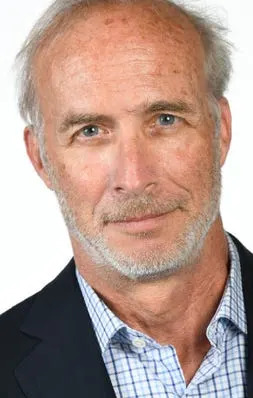
Craig Gilbert provides Wisconsin political analysis as a fellow with Marquette University Law School's Lubar Center for Public Policy Research and Civic Education. Prior to the fellowship, Gilbert reported on politics for 35 years at the Journal Sentinel, the last 25 in its Washington Bureau. His column continues that independent reporting tradition and goes through the established Journal Sentinel editing process.
Follow him on Twitter: @Wisvoter.
This article originally appeared on Milwaukee Journal Sentinel: Two ways Wisconsin's 2026 governor's race is shaping up as unusual
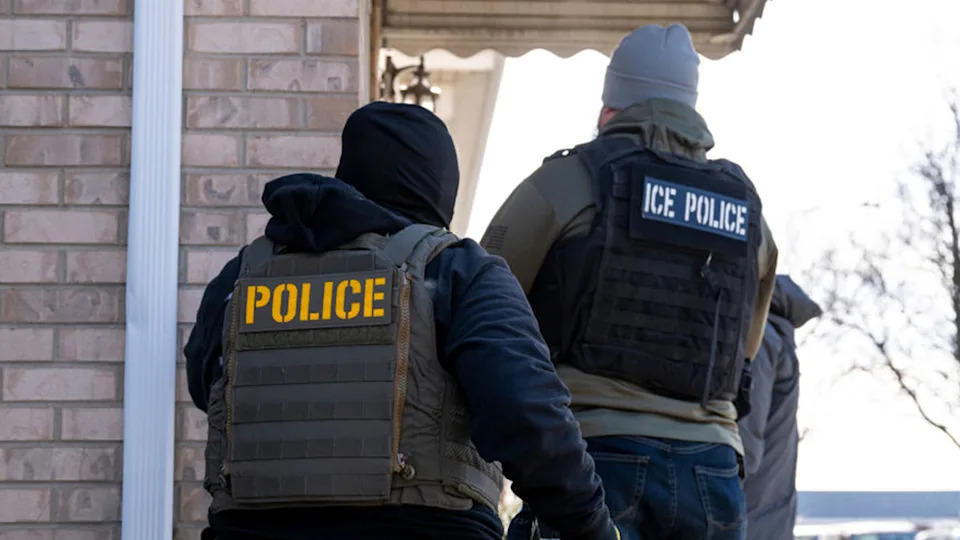

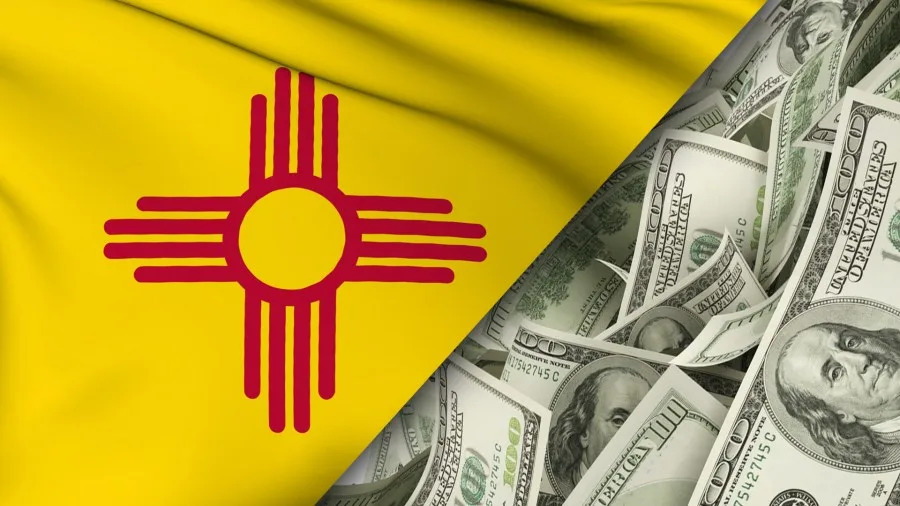
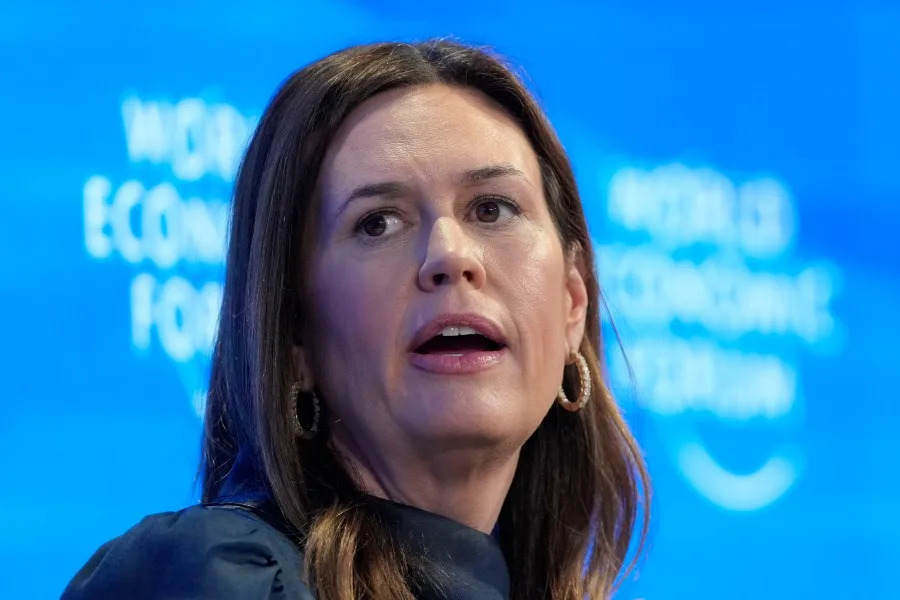
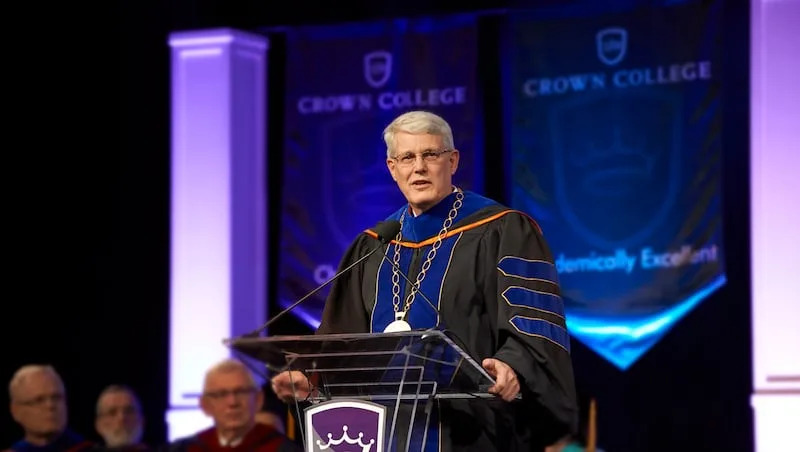
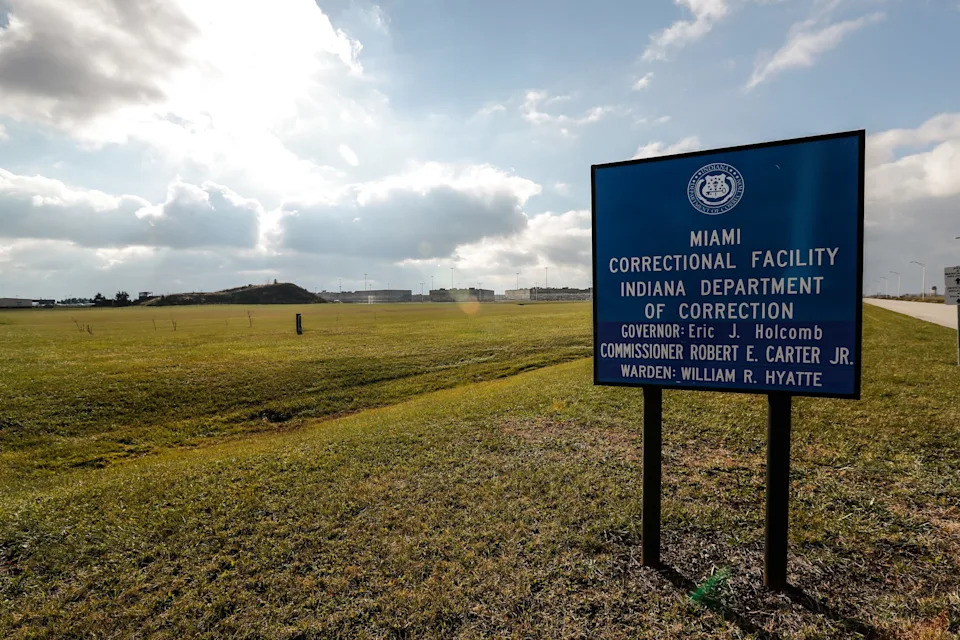
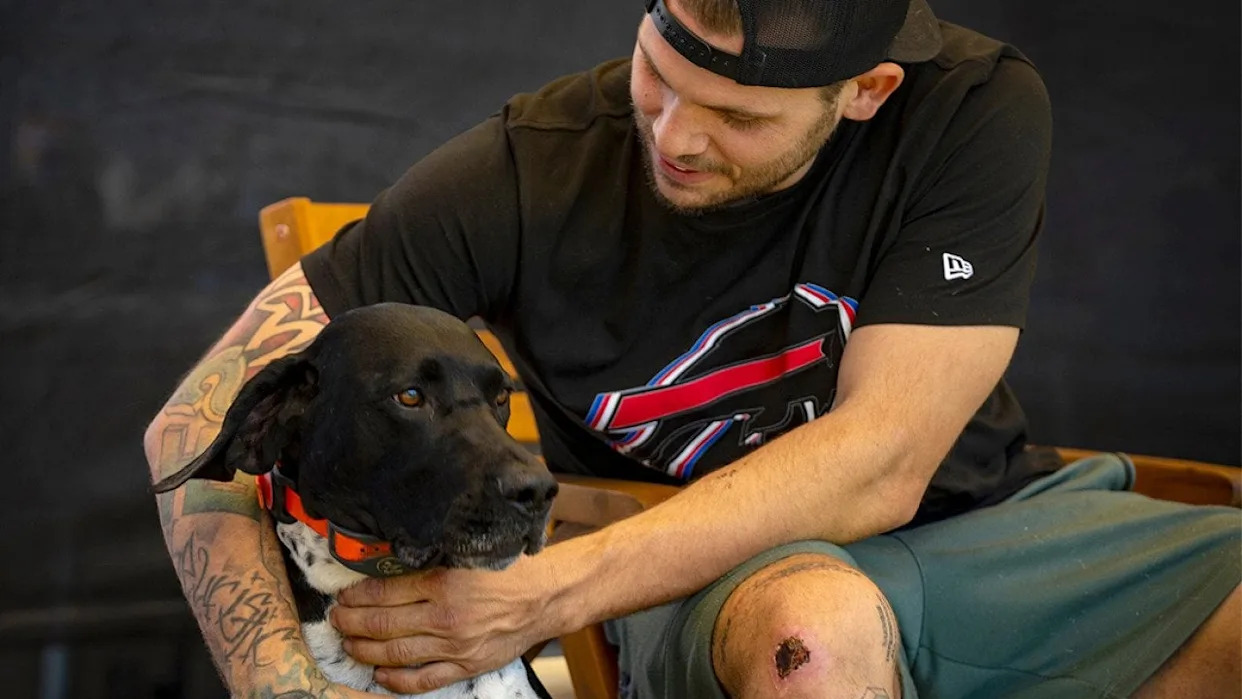
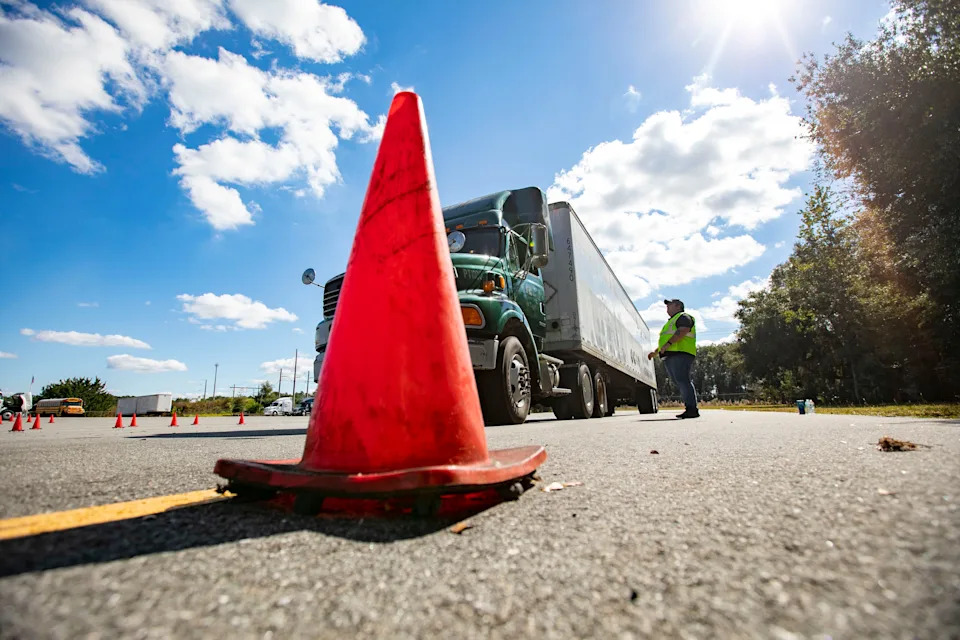
Comments